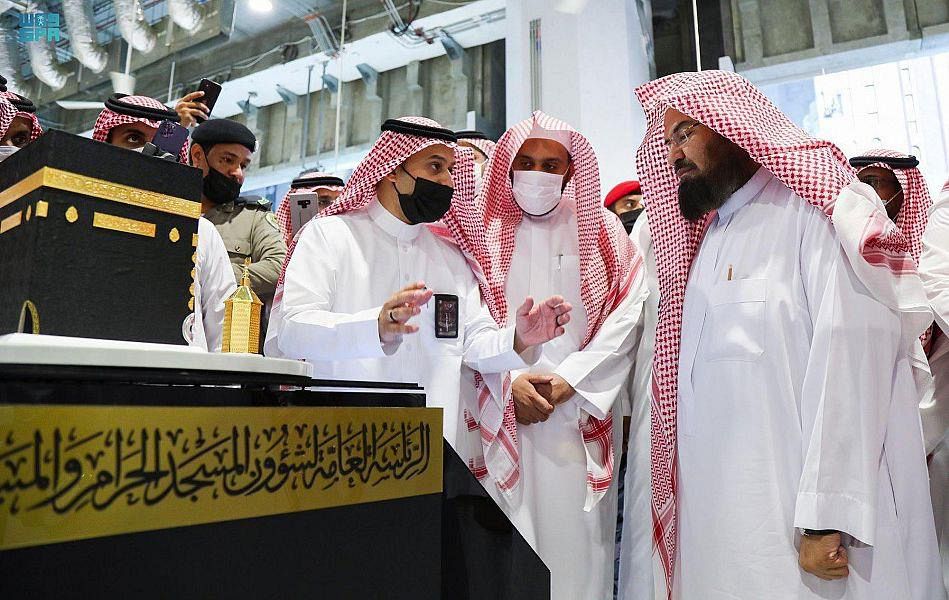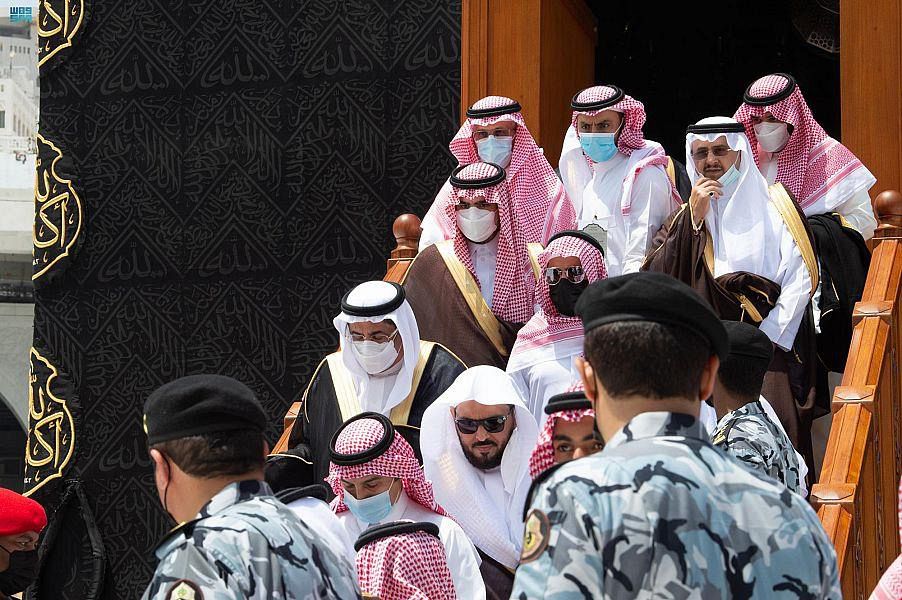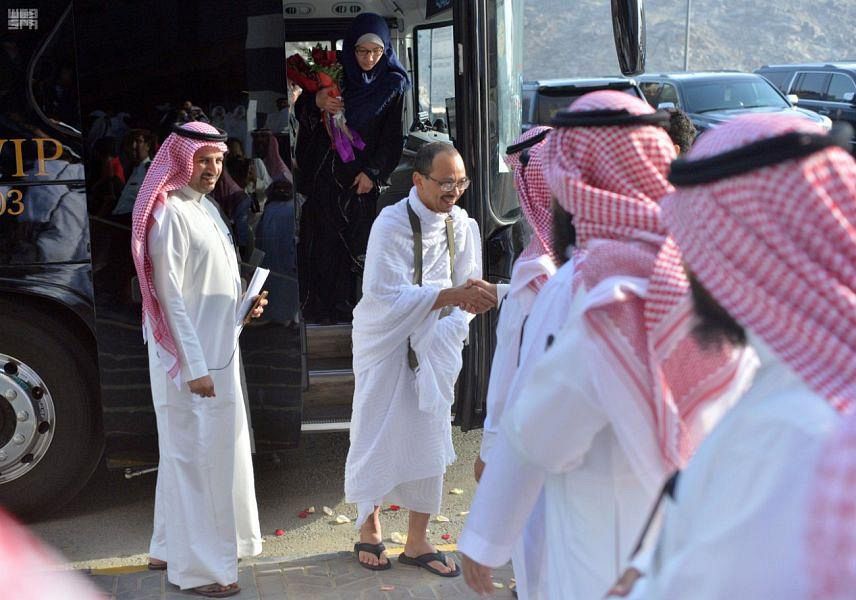
MAKKAH- Two talented Saudi geographers documented how the Hajj ritual scenes have been instrumental in the transformations of Umm Al-Qura since more than five decades.
In major events and occasions, the invisible details will be absent, except for the alert researchers, who write and monitor diligently and carefully, to make feel the difference. Two prominent geographers from Makkah were aware of its implication. They are Professors Ramzi Al-Zahrani and Miraj Mirza, who noticed the value of these details in the scene of the annual Hajj pilgrimage, and they decided that their research trip would be a faithful witness to the transformations of Umm Al-Qura, the qiblah of world Muslims.
Speaking to Asharq Al-Awsat, Al-Zahrani said: “For several years, along with my colleague Dr. Miraj Mirza, I used to take photographs that speak about the impact of the coming Hajj season on the landmarks of Makkah and the Holy Sites every year, and each one of us used to take photos out of our passion in photography.”
Al-Zahrani focuses on using the photographic value in supporting geography data and evidence, out of the interest of geographers in the way of using key concepts, such as space, place and landscape, and employing them in lectures, research studies and educational courses.
Mirza focuses on strengthening his role and developing his project as one of the most authentic persons who can be relied as a reference related to the history of Makkah. He was the first to pioneer the geographical and cartographic scene, developing through drawing borders and maps, geographical features, and exploring in the environmental specialization for its direct benefit on all forms of life.
His interest in documenting the memory of Makkah as the holy place led him to collect half a million pictures and drawings about Makkah, and it had its original role in enriching the library with a number of books that refer to his precious efforts in monitoring the developments and transformations of the spatio-temporal identity of Makkah.
These efforts resulted in bringing out a qualitative product, carrying the name “Makkah Al-Mukarramah from the sky” in 2015 and it included 148 images, comprehensively across the axes of time and place. It has documented the last phases of Makkah’s growth over a span of more than half a century, featuring its ancient alleys and neighborhoods and its modern streets, as well as its mosques that embrace the sky, and its flats that adorn the earth.
An aerial photograph of Makkah that dates back to the middle of 1960s led the researchers to this idea. Custodian of the Two Holy Mosques King Salman praised it and recommended the completion of the project, when he reviewed its initial drafts during the researchers’ visit of the King at Al-Safa Palace in Makkah. The English version of the book was kept as a legal deposit in one of the most important and largest national libraries in the world- the British Library of London.
The enormous reserve of information, photos and documents resulted from the joint trip of the geographers of Makkah would hopefully see the light in solid works that increase the repertoire of scientific and research effort related to Makkah in its periodic religious seasons. Prof. Al-Zahrani said: “Thousands of images have been collected by us and we are still waiting to take advantage of them in printed works.”









